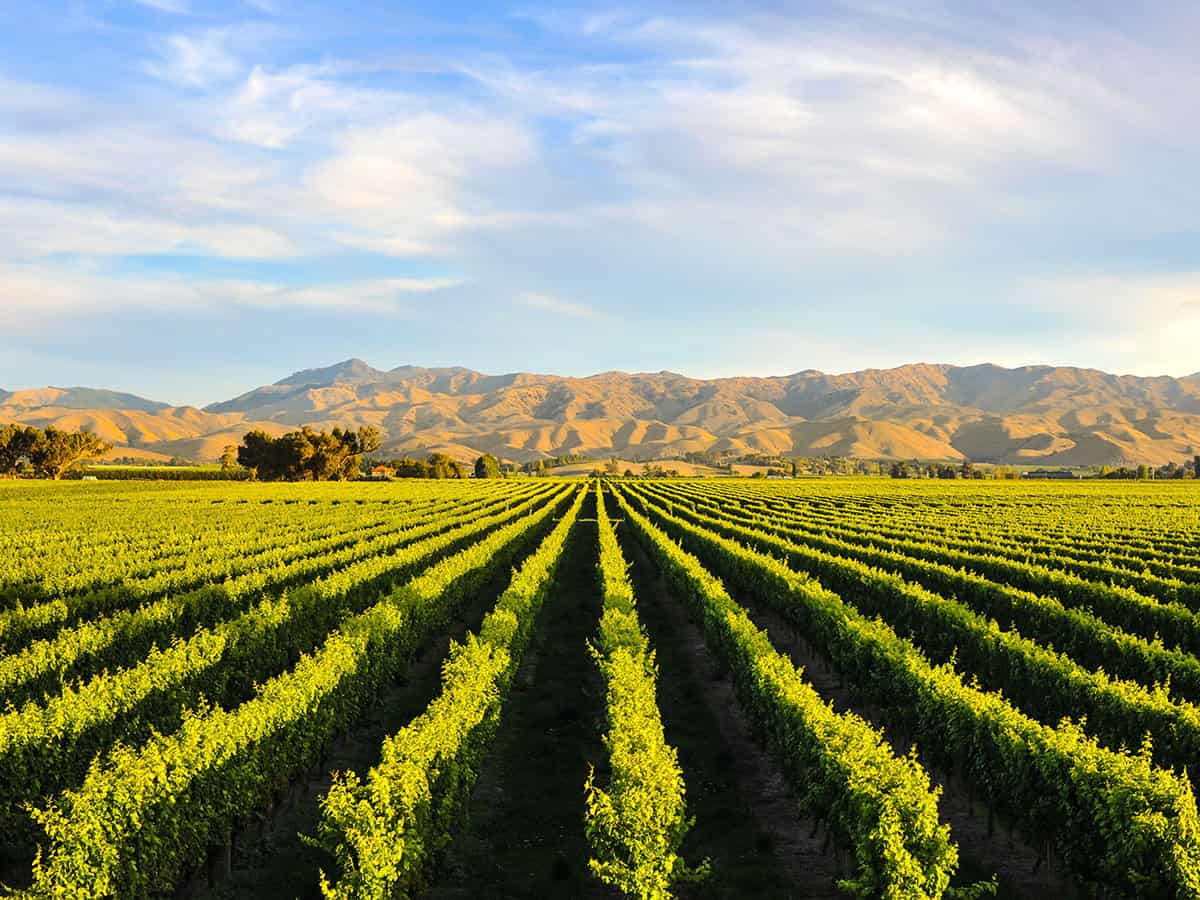
It’s moments like this when we, as westerners, might wonder what Lewis and Clark must have felt, catching a glimpse of the natural world that existed for millennia before the West was won. That world is reduced to slivers today, mostly in parks and wilderness areas, where nature is meant to be pristine, untrammeled, and set aside from the whims of man.
Yet, the moose in my yard that morning suggest a different story—one that emphasizes our role in nature, its ever-changing state, and our perceptions of what it ought to look like.
Modern-day travelers to the West know the moose well. The homely ungulate has become a beloved symbol of western life, featured on everything from restaurant signs to hotel wallpaper. But early travelers to the West reported seeing few or no moose. When Lewis and Clark traveled through the region, they never personally encountered a single moose. Their journals mention only one sighting in 1806 by another member of the expedition who wounded a moose near the Blackfoot River in Montana.
How could the expedition, which traveled extensively through what would today be considered prime moose habitat, encounter just one moose?
Moose, it turns out, are newcomers to much of the American West. In many places, even homesteaders arrived first. Osborne Russell, who took detailed observations of his travels through Wyoming in the 1830s, made no references to moose. Early explorers to Yellowstone had a similar experience. Moose were not documented there until the late 1800s, and only after the turn of the century did they become established in Jackson Hole, now a modern moose mecca.
Today, there are more moose in the West than perhaps any point in history—and, in general, we like it that way. When we spot one, we don’t cringe as we would with “exotic” species. Instead, in an effort to increase tourism and hunting, states have introduced moose to regions never before inhabited by their oversized hooves.
Moose only began to extensively occupy western states within the last century, and much of their expansion can be attributed to man. Wyoming is now home to more than 7,000 moose, thanks to feeding and relocation efforts by state wildlife officials. As far south as Colorado and Utah, where moose have likely never roamed, states have supported their expansion. Moose introduced to Colorado’s North Park in 1979 have now reached a statewide population of 1,600.
Yet, in a way, our love for moose amounts to ecological heresy. The traditional view of ecology is that nature should be static and balanced. The influential Leopold Report, written by scientists in 1963 to guide wildlife management in national parks, concluded that parks should be maintained “in the condition that prevailed when the area was first visited by the white man.” Where this was not possible, “a reasonable illusion of primitive America could be recreated.” Taken literally, this suggests there should be no moose in Yellowstone.
But the fact that there are moose in Yellowstone tells us something about nature and our role in it: Nature is a human conception. Our values shape what it looks like, from earlier policies of predator control to the conservation efforts that attract moose to my backyard today. Human action is part of the natural world, not the antithesis of it.
The real illusion is that there ever was a stable, primitive America. Today, ecologists are discovering that nature is anything but constant. As biologist Daniel Botkin has argued, the natural world is not “a Kodachrome still-life,” but rather “a moving picture show”—ever-changing and, at times, completely random. When humans and their values are included, the result is not constancy but perpetual change.
Conservationists are beginning to embrace such change. Recently, the National Park Service revisited the Leopold Report and jettisoned the notion of parks as “vignettes of primitive America.” Elsewhere, scientists are promoting the concept of the Anthropocene, a new geologic era in which humans and nature are inseparable.
The moose in my backyard represent this new vision for conservation in the 21st century—one that rejects the illusion of a pristine past, recognizes the importance of human values, and embraces change.
To view this article, please visit High Country News.



